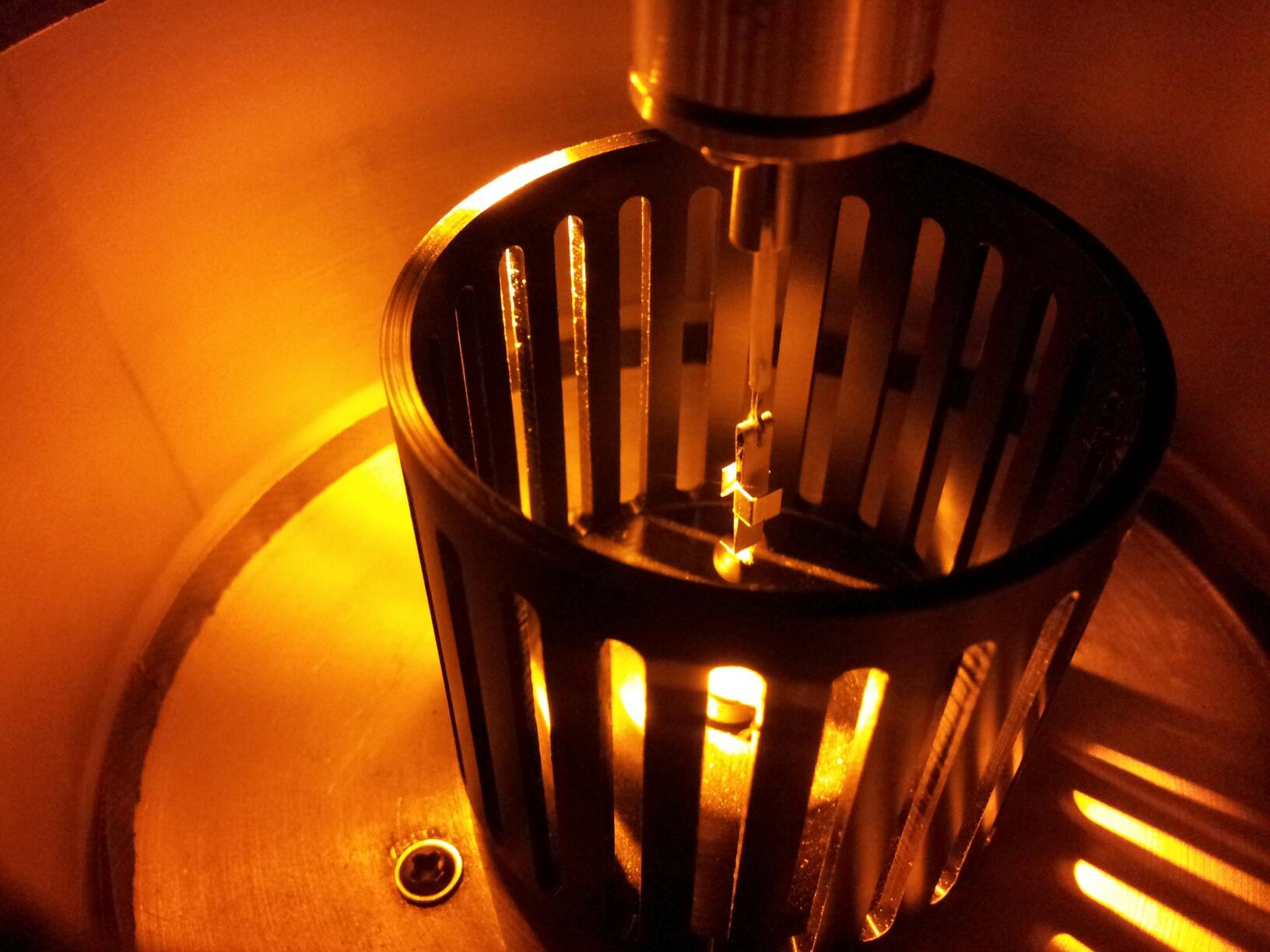Mikko Juusola教授是我实验室的高端外国专家项目的兼职教授,Mikko教授在eLIFE杂志以实验室为第一单位发表长篇研究论文(149页)。以下为论文相关信息:
索引信息:
Juusola M, Dau A, Song Z, Solanki N, Rien D, Jaciuch D, Dongre S, Blanchard F, de Polavieja GG, Hardie RC & Takalo J (2017) Microsaccadic sampling of moving image information provides Drosophila hyperacute vision.
eLife.
相关的新闻报道:https://www.altmetric.com/details/24814440/news
论文内容简介:
From humans to insects, animals with good vision, irrespective of their eye designs, see the world through fast saccadic eye movements and gaze fixations. But why did evolution settle upon this general viewing strategy, and how does it affect the eyes’ visual information sampling over space and in time?
It is long been known that fast visual adaptation results in the world fading from perception unless we move our eyes to cancel this effect. On the other hand, fast eye movements should blur vision. Thus, it has remained an enigma whether or how photoreceptors’ information sampling is tuned to eye movements to see the world better.
In their new study, Juusola and his co-workers asked what kind of visual stimuli photoreceptors see best; and whether or how their ability to generate an accurate image of the world depends upon eye movements. These important questions lie at the core of everyday visual perception.
In the past, visual perception has been thought to result mostly from higher-order information processing in the retina and the brain. Many also believed that photoreceptor function could be fully characterised by using random light patterns, called Gaussian white-noise, or patterns from natural scenes. But because of technical difficulties, these stimuli rarely included light modulation from eye movements.
To overcome these technical limitations, Juusola and his co-workers
devised new recording and stimulation methods for fruit fly (Drosophila), which allowed them to present moving light stimuli to individual photoreceptors and to monitor how this shapes their function in space and over time. This approach was further complemented with fly genetics, biophysical modelling, electron microscopy and fly behaviour.
Firstly, they discovered that photoreceptors sample information best from the type of intensity fluctuations which the flies would experience during normal saccadic eye movements, and explain this mechanistically using a mathematical model of the biophysical reactions inside the photoreceptor.
Secondly, they discovered that photoreceptors resolve small moving objects, even at high (saccadic) speeds, far better than predicted by the compound eye optics and reveal the mechanisms behind this remarkable hyperacuity. They showed that light changes evoke microsaccadic rhabdomere contractions so that as moving objects enter a photoreceptor’s field of view, its receptive field is dynamically shifted and narrowed.
Finally, they showed how
Drosophila exploit this hyperacuity in normal visual behaviours.
The results of this study show how visual acuity depends upon photoreceptor function and eye movements, and disprove the 100-year old dogma that visual acuity of compound eyes is optically limited by their photoreceptor spacing. These exciting findings change our understanding of insect vision and suggest that similar microsaccadic information sampling could assist vision in vertebrate retinae, delivering an important benchmark for future theoretical, experimental and machine vision studies.
